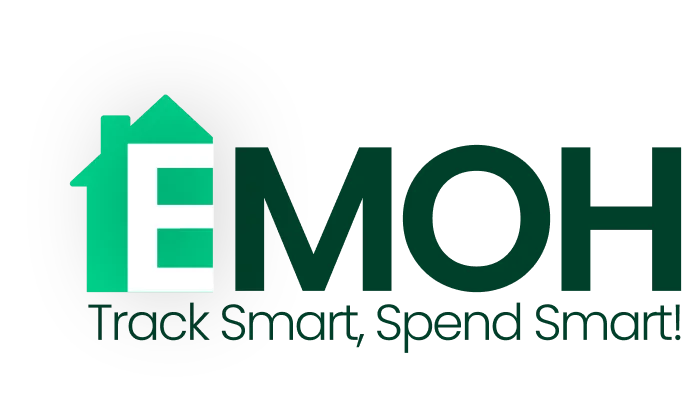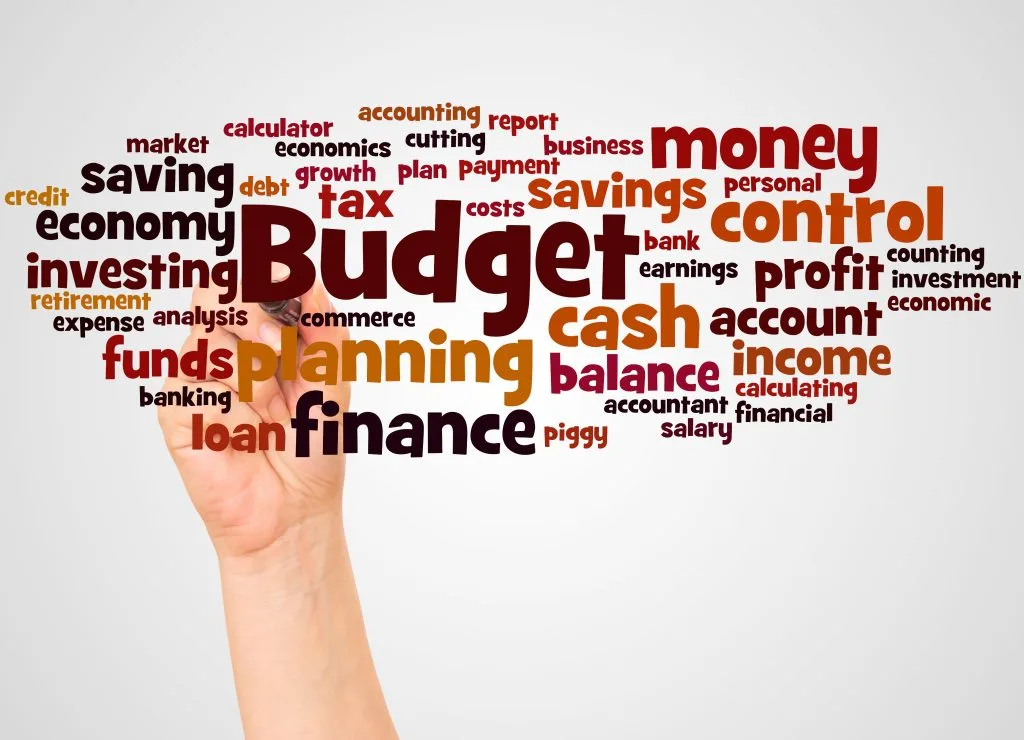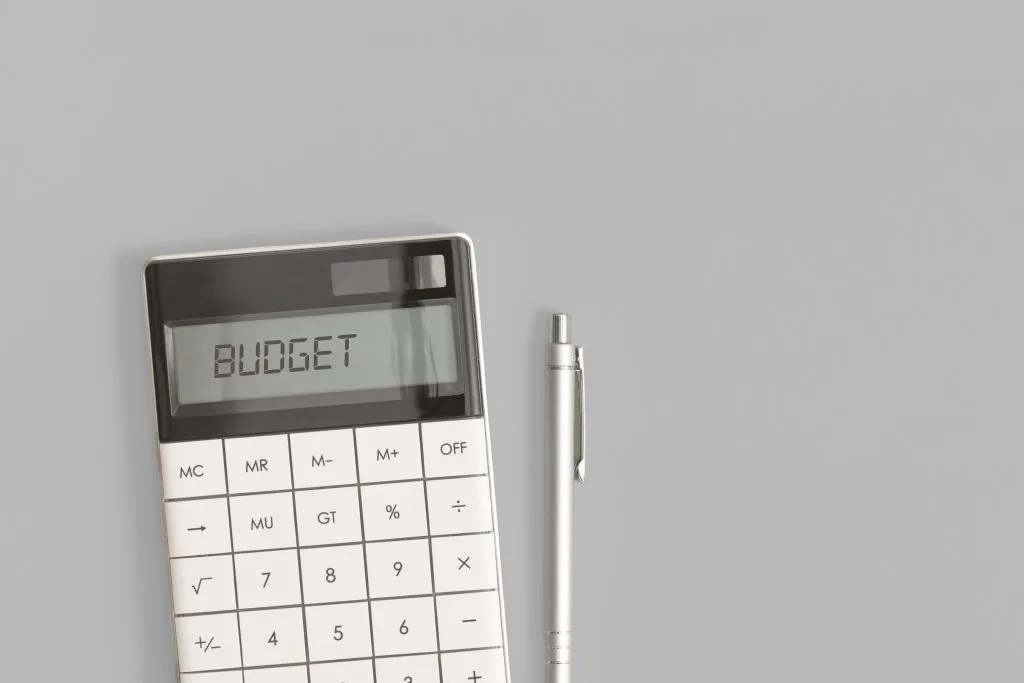Understanding your financial health is the first step toward building a secure future. One of the most effective ways to get a clear picture of your finances is to calculate and monitor your net worth. This single number tells you where you stand financially by summarizing everything you own and everything you owe. For many Canadians, learning how to track net worth in Canada is a game-changer, turning abstract financial goals into concrete, achievable milestones.
This guide will walk you through the essentials of net worth, explain how to calculate it, and introduce tools that simplify the process. By understanding this key metric, you can make informed decisions, set realistic goals, and watch your wealth grow over time. We’ll also explore how using a dedicated app like EMOH can streamline this entire journey.
What is Net Worth and Why Does It Matter?
Your net worth is a snapshot of your financial position at a specific point in time. It’s calculated with a simple formula:
Assets – Liabilities = Net Worth
Think of it as your personal balance sheet. A positive and growing net worth indicates good financial health, while a negative or stagnant net worth might signal a need to reassess your financial habits.
Tracking your net worth offers several key benefits:
- Provides a Clear Financial Snapshot: It consolidates all your financial information into one number, giving you a high-level view of your progress.
- Measures Financial Progress: Regularly calculating your net worth allows you to see if your wealth is increasing or decreasing over time.
- Motivates Goal Achievement: Watching your net worth grow can be a powerful motivator to stick to your budget, save more, and invest wisely.
- Informs Financial Decisions: Knowing your net worth can help you decide if you’re ready to make a large purchase, take on a new investment, or adjust your retirement strategy.
Understanding Your Assets and Liabilities
To calculate your net worth, you first need to identify and value your assets and liabilities. This process involves listing everything you own that has monetary value and everything you owe to others.
What are Assets?
Assets are economic resources you own that have future economic value. They can be converted into cash, though some are more liquid (easily converted) than others. Common assets for Canadians include:
- Cash and Cash Equivalents: Money in your chequing and savings accounts, GICs, and cash on hand.
- Investments: Stocks, bonds, mutual funds, ETFs, and cryptocurrency holdings. This also includes registered accounts like RRSPs and TFSAs.
- Real Estate: The current market value of your primary residence, rental properties, or vacation homes.
- Vehicles: The resale value of your car, truck, or motorcycle.
- Personal Property: Valuable items like jewelry, art, and collectibles.
What are Liabilities?
Liabilities are your financial obligations or debts. These are what you owe to creditors. Common liabilities include:
- Mortgages: The outstanding balance on your home loan.
- Car Loans: The remaining amount owed on your vehicle financing.
- Student Loans: Government or private loans taken out for education.
- Credit Card Debt: The total balance on all your credit cards.
- Lines of Credit: Any amount drawn from a personal or home equity line of credit (HELOC).
- Personal Loans: Money borrowed from a bank or other lender.
Once you have totaled both your assets and liabilities, you can subtract the latter from the former to determine your current net worth.
How to Track Net Worth in Canada Efficiently
Manually tracking your net worth using a spreadsheet is a common starting point. You can create columns for your assets and liabilities, update them periodically, and use a formula to calculate the total. While effective, this method can become tedious and time-consuming, especially as your financial life grows more complex. Keeping track of fluctuating investment values, property assessments, and loan balances requires constant effort.
This is where technology offers a better solution. A modern net worth app Canada can automate the entire process, saving you time and providing real-time accuracy. These apps securely connect to your various financial accounts—banks, investment brokerages, and loan providers—to pull the latest data automatically.
The EMOHPay app is designed to provide a comprehensive and user-friendly financial dashboard. It consolidates all your financial information into one place, making it simple to track net worth in Canada without the hassle of manual data entry.
Using EMOH to Automate Your Net Worth Tracking
The EMOH app simplifies personal finance management by bringing all your accounts together. Here’s how it helps you monitor your net worth effortlessly:
- Securely Link Your Accounts: EMOH uses trusted technology, like Plaid, to securely connect with your Canadian financial institutions. This includes your bank accounts, credit cards, investment portfolios (RRSPs, TFSAs), and loans.
- Automated Updates: Once linked, the app automatically fetches your latest balances. Your asset values and liability amounts are updated in real time, so your net worth calculation is always current.
- Visualize Your Progress: Instead of looking at a static number on a spreadsheet, EMOH presents your financial data in intuitive charts and graphs. You can easily see how your net worth has changed over a week, a month, or a year.
- All-in-One Financial Hub: Beyond net worth, EMOH provides tools for budgeting, expense tracking, and goal setting. This holistic view helps you understand how your daily spending habits impact your long-term wealth-building goals.
By using an integrated platform like EMOH, you transform net worth tracking from a periodic chore into an ongoing, insightful experience. You can check your financial health as easily as you check your email, empowering you to make smarter decisions on the fly.
Taking Your Financial Journey to the Next Level
Calculating your net worth is just the beginning. The real value comes from using that information to improve your financial standing. Here are some actionable steps you can take after you start tracking:
- Analyze the Trends: Is your net worth increasing? If so, what’s driving the growth? Is it your investments, paying down debt, or increased savings? If it’s decreasing, identify the cause.
- Set Net Worth Goals: Establish specific, measurable goals. For example, you might aim to increase your net worth by a certain percentage or dollar amount within a year.
- Focus on Both Sides of the Equation: You can increase your net worth by either growing your assets or reducing your liabilities. Focus on strategies that do both, such as investing consistently while aggressively paying down high-interest debt.
- Review and Adjust: Your financial life isn’t static. Revisit your financial plan regularly to ensure it aligns with your goals and life changes, like a new job, a growing family, or a major purchase.
Consistently monitoring your finances is key to building wealth. By making it a habit to track net worth in Canada, you are taking a crucial step towards achieving financial freedom and security for yourself and your family.
Ready to take control of your financial future? Download the EMOH app today from the App Store or Google Play and start building a clearer picture of your finances.
Frequently Asked Questions
What counts as an asset vs a liability?
An asset is anything you own that has monetary value (like cash, investments, and property), while a liability is anything you owe (like mortgages, loans, and credit card debt).
How often should I update net worth—weekly or monthly?
Monthly tracking is a great starting point for most people, as it aligns with monthly bills and statements, but an app like EMOH can update it daily for you automatically.
Why export reports if I already see charts in‑app?
Exporting reports provides a permanent record for tax purposes, sharing with a financial advisor, or performing a deeper analysis in a spreadsheet program.











